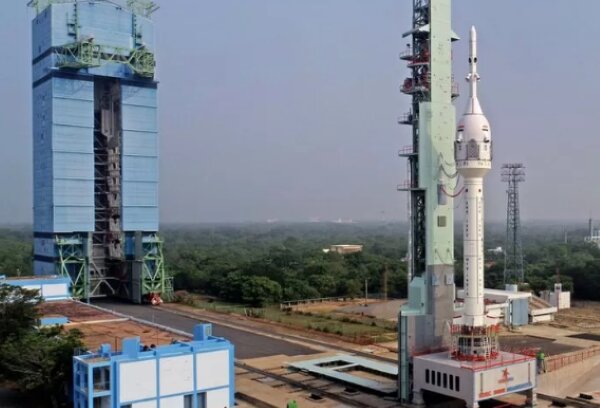
The Gaganyaan spacecraft was launched at 10:00 local time (04:30GMT) on Saturday from Sriharikota, BBC reports.
This was the day’s second attempt – the first was put on hold five seconds before the scheduled launch time.
The test was conducted to demonstrate whether the crew could safely escape the rocket in case it malfunctioned.
“I am very happy to announce the successful accomplishment of the TV-D1 (Test Vehicle Demonstration 1) mission,” S Somanath, chairman of the Indian Space Research Organisation (Isro), said after the launch as his colleagues cheered and applauded.
The successful launch will now pave the way for other unmanned missions, including sending a robot into space next year.
Sending a manned mission with three astronauts into low-Earth orbit will happen only after the successful completion of all these tests – and as the government announced last week, it will most likely happen in 2025.
Named after the Sanskrit word for craft or vehicle to the sky, the Gaganyaan project has been developed at the cost of 90bn rupees ($1bn; £897m). It aims to send the astronauts to an orbit of 400km (248 miles) and bring them back after three days.
If it succeeds, India will become only the fourth country to send a human into space after the Soviet Union, the US, and China.
RHM/PR




